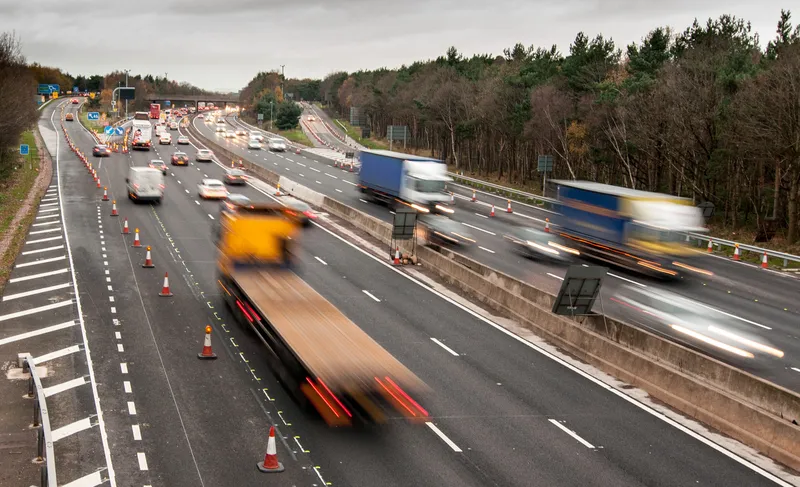The soon to be launched TomTom Link 100 dongle enables a smartphone to connect to real-time vehicle and driving information, allowing third parties to create a wide range of new mobile applications that make use of vehicle information and driver usage.
Easy to install, the device logs vehicle diagnostic information, such as engine rpm, load and temperature, directly from the on-board diagnostic port. The integrated 3D accelerometer logs driving data. Link 100 also offers accident detection and crash log
September 11, 2013
Read time: 2 mins
The soon to be launched 1692 TomTom Link 100 dongle enables a smartphone to connect to real-time vehicle and driving information, allowing third parties to create a wide range of new mobile applications that make use of vehicle information and driver usage.
Easy to install, the device logs vehicle diagnostic information, such as engine rpm, load and temperature, directly from the on-board diagnostic port. The integrated 3D accelerometer logs driving data. Link 100 also offers accident detection and crash logs and is expected to aid the evolution of usage-based insurance products and solutions designed to help the leasing industry reduce risk.
It will also provide car manufacturers and dealerships with the ability to offer ongoing maintenance and technical services based on information gathered from the vehicle, while drivers will be able to use smartphone apps to gain a snapshot of their driving performance for each trip.
By providing access to real-time information the Link 100 will enable the automotive, leasing, insurance and roadside assistance industries to create innovative products that allow the end-user to benefit from connected car technology.
"This innovation opens up a wealth of possibilities for development of smartphone apps allowing motorists and businesses alike to benefit from ready availability of vehicle data," said Thomas Schmidt, managing director, TomTom Business Solutions.
"The available data empowers drivers to drive more safely and efficiently and provides diagnostic insight, paving the way for products that deliver consumer value while allowing suppliers to control cost and risk. The possibilities offered by the connected vehicle are virtually limitless," added Thomas.
Easy to install, the device logs vehicle diagnostic information, such as engine rpm, load and temperature, directly from the on-board diagnostic port. The integrated 3D accelerometer logs driving data. Link 100 also offers accident detection and crash logs and is expected to aid the evolution of usage-based insurance products and solutions designed to help the leasing industry reduce risk.
It will also provide car manufacturers and dealerships with the ability to offer ongoing maintenance and technical services based on information gathered from the vehicle, while drivers will be able to use smartphone apps to gain a snapshot of their driving performance for each trip.
By providing access to real-time information the Link 100 will enable the automotive, leasing, insurance and roadside assistance industries to create innovative products that allow the end-user to benefit from connected car technology.
"This innovation opens up a wealth of possibilities for development of smartphone apps allowing motorists and businesses alike to benefit from ready availability of vehicle data," said Thomas Schmidt, managing director, TomTom Business Solutions.
"The available data empowers drivers to drive more safely and efficiently and provides diagnostic insight, paving the way for products that deliver consumer value while allowing suppliers to control cost and risk. The possibilities offered by the connected vehicle are virtually limitless," added Thomas.










